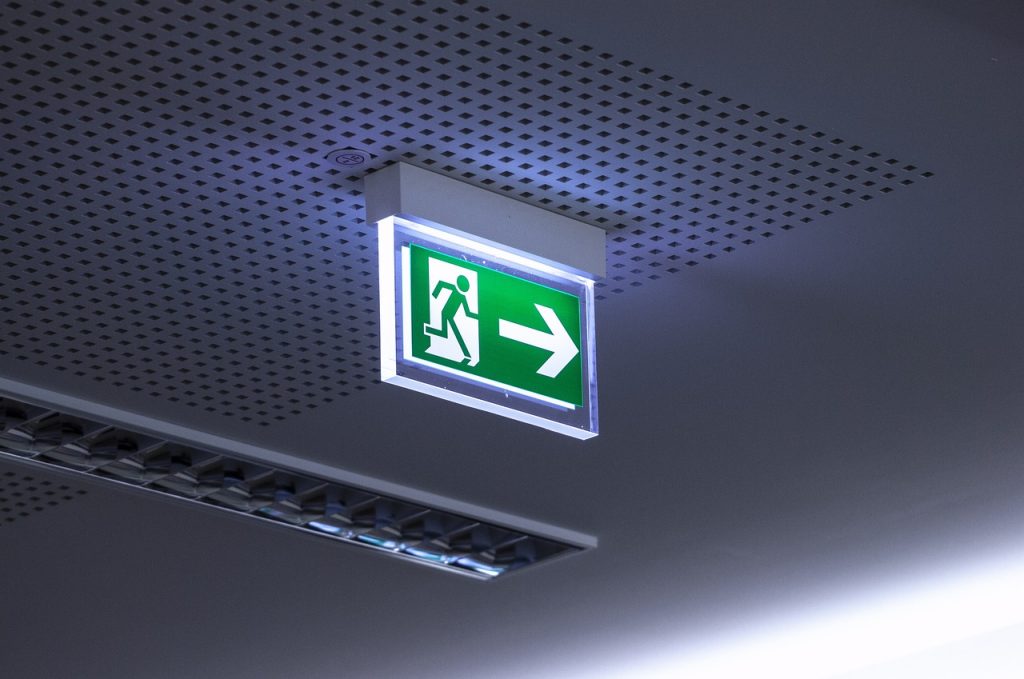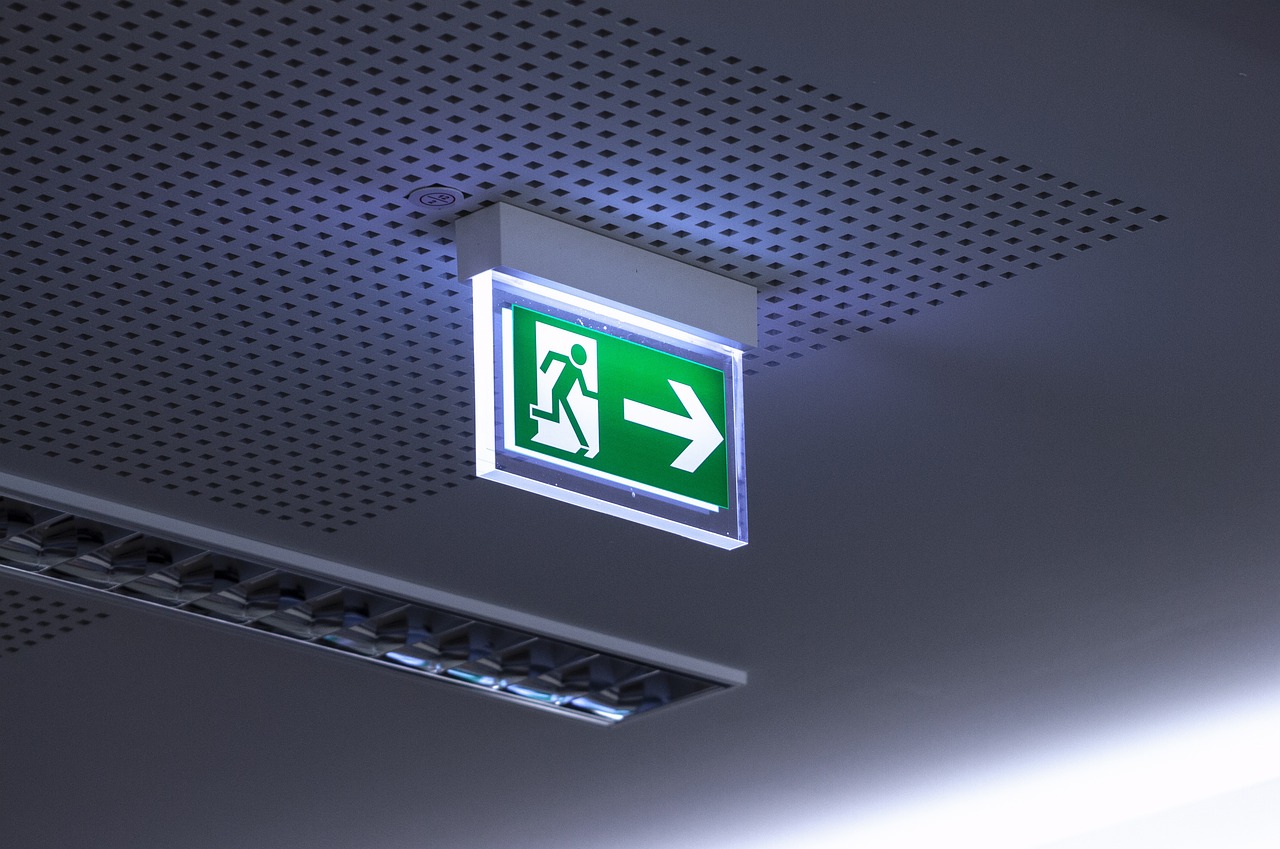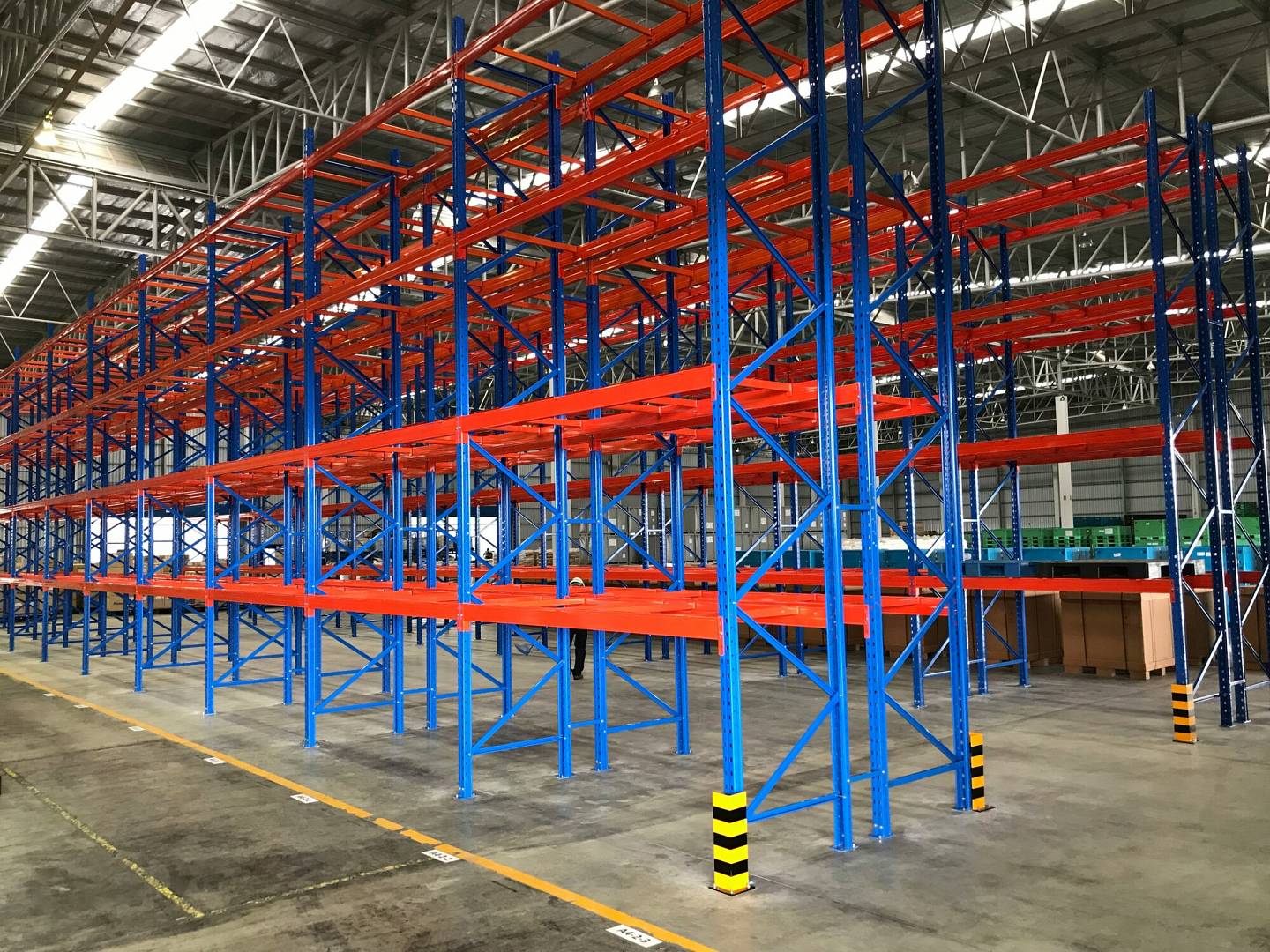
When it comes to emergency lighting, there are various types available to suit different needs and environments. From bulkhead lights to batten lights, downlights to fire exit signs, each type serves a specific purpose in providing illumination during emergencies. In this blog post, we will explore the different types of emergency lights and their unique features.
- Bulkhead Lights: Bulkhead lights are one of the most common types of emergency lighting fixtures. These rugged and durable lights are typically wall-mounted and feature a protective casing that makes them suitable for outdoor use. Bulkhead lights are ideal for illuminating walkways, stairwells, and other outdoor areas during power outages or emergencies.
- Batten Lights: Batten lights are another popular choice for emergency lighting. These fixtures consist of a long tube light enclosed in a rectangular housing. Batten lights can be ceiling-mounted or wall-mounted and are commonly used in commercial buildings, warehouses, and industrial settings. They provide bright and even illumination in large spaces such as hallways or storage areas.
- Downlights: Downlights are recessed light fixtures that provide focused illumination downwards. These lights are often used in residential settings but can also serve as emergency lighting in commercial buildings. Downlights offer a sleek and modern look while still providing adequate brightness during emergencies.
- Fire Exit Signs: Fire exit signs are crucial components of emergency lighting systems in buildings. These signs use illuminated letters or symbols to indicate the location of exits in case of a fire or other emergencies. Fire exit signs must be visible from all angles and should be placed strategically throughout a building to guide occupants to safety.
- Other Types of Emergency Lights: In addition to bulkhead, batten, downlights, and fire exit signs, there are other types of emergency lights available on the market. Some examples include LED emergency floodlights, self-contained emergency lighting units, and portable emergency lanterns. Each type of emergency light has its own set of features and benefits depending on the specific application.
Conclusion:
Emergency lighting plays a critical role in ensuring the safety and well-being of building occupants during unforeseen events such as power outages or fires. By understanding the different types of emergency lights available – including bulkhead lights, batten lights, downlights, fire exit signs, and others – building owners and facility managers can make informed decisions when selecting the appropriate lighting fixtures for their properties. Whether it’s illuminating escape routes or providing visibility in darkened areas, having reliable emergency lighting is essential for protecting lives and property in times of crisis.











